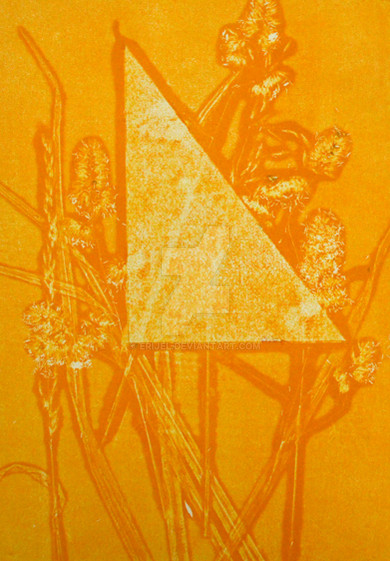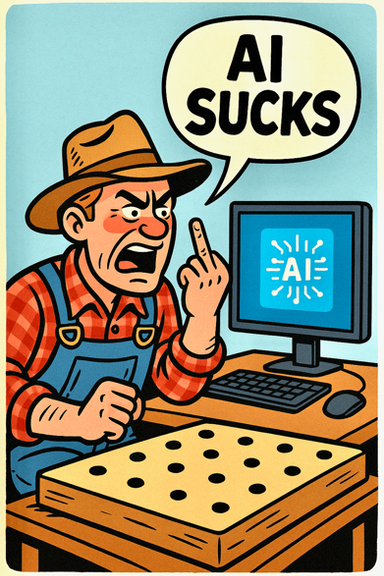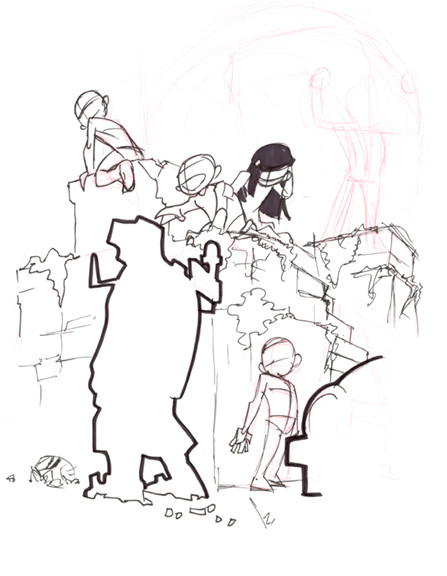HOME | DD
 whatanonsense — The Geometry of a Drawing
by-nc-nd
whatanonsense — The Geometry of a Drawing
by-nc-nd

#ratio #goldenerschnitt #compass #drawing #geometry #goldenratio #lines #mathematical #research #stepbystep #theory
Published: 2020-09-29 12:08:01 +0000 UTC; Views: 243; Favourites: 4; Downloads: 0
Redirect to original
Description
Three years ago, I uploaded this drawing . I was interested in the connection between drawings and geometry, and in this case I made some discoveries. But when I recently talked to someone about the geometry in their drawing, and I looked at my old post again, I realised that I myself had no clue what I might have found there three years ago. And neither, I figured, would anyone else. But there is no point in giving you some cryptic shapes thrown on some drawing and stating "This is fascinating!". I mean, what are you supposed to do with that? So, with this post I try to give an account of some of the things I did with the drawing (and some new things I added now), and of the discoveries I made that way. In the hope that it will be actually fascinating for someone I'll refer to the single drawings by number, starting at the top.
The first thing I did after drawing the figure (without any geometrical guidelines) was to draw the two diagonal lines that run from one corner of the paper to the other (first picture, light blue). This way I found the center of the paper, and I could draw the horizontal and vertical line through it (second picture, dark blue). Some parts of the drawing already show some alignment here, for example the back of the head and the left knee.
Now I could use a compass to draw circles around the center (third picture, light green), and this way I could see that some parts of the drawing are at equal distance from it: The figure's right knee, the left upper leg, the back and the ear on the smaller one; and the left sleeve, trouser leg, and the nose on the larger one.
Then I searched for prominent straight lines in the figure; I found two along the legs (picture four, brown). They do not seem too remarkable, except that the one along the figure's left leg meets one of the diagonals from earlier at the figure's back.
Now I drew a rectangle around the figure, sides parallel to the paper (fifth picture, dark green). It's upper right corner lies on a diagonal; but the lower left one doesn't, so it's not a square. The figure, and therefore the rectangle, sits rather in the middle of the paper, so it can be divided into smaller rectangles by the horizontal and vertical lines from earlier (picture six). As you can see, the upper right one is more or less a square, since two corners lie on the diagonal.
But it is the upper left one that I found interesting (picture seven, red). This rectangle's sides are in such proportion to each other that it is close to the golden ratio. Meaning that the shorter side has the same relation to the longer side, as the longer side has to a line that is as long as both of them combined. This proportion was considered "golden" or divine, because it can go on through the parts: Cut the longer line of the two at the length of the shorter line, and you get two new lines that are also in golden ratio. Which is what i did in picture eight: I "cut" the longer lower side with the shorter left side, and got a square and a new "golden" rectangle within the existing one. As you can see, the new vertical line is right where the head of the figure ends. I went on and cut the smaller "golden" rectangle again (picture nine), creating a horizontal that, when extended, meets the paper's diagonal at the point at the figure's back where also one of the brown lines from picture four went through.
You can see this, among other things, in picture ten; for there all of our steps are shown together. Creating a clutter of lines similar to that in the original post. But when you have followed it's origins, perhaps you can see through it a little better. For example it becomes evident that those lines in brown from picture four are not as random as they looked; both meet other lines in interesting places.
Going through this piece again was a lot of fun; especially since I hardly find any golden ratio in my drawings usually. This does not exhaust the possible geometrical experiments on this particular drawing, of course; but it has satisfied my curiosity for now. And I hope that it was an interesting thing for you to read and follow.
























